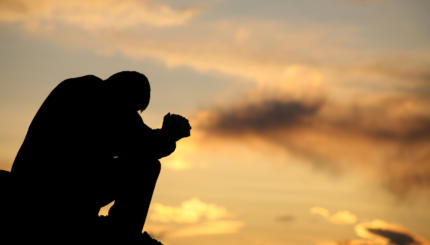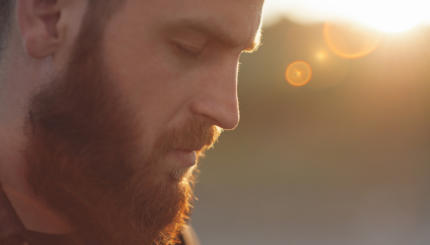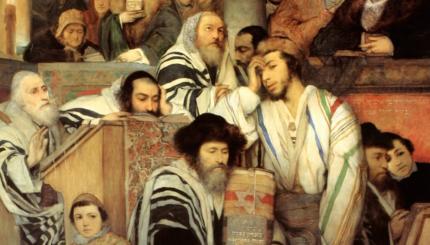The daily morning prayer service is like a symphony of discrete movements that evoke different moods, ideas and themes, yet come together to form a cohesive whole.
One of those movements is the Shema, which is less a prayer than an idea, that God is one. But before we can even begin to understand that impossibly huge idea, the sages of the instituted two blessings to help shepherd us into this awareness.
The texts of these blessings, Yotzer Or and Ahava Rabba, bring us into the movement by beautifully illustrating a fundamental duality in how Jewish spirituality relates to God: immanence and transcendence, the intimacy of God’s closeness and the awe and fear of God’s distance.
Yotzer Or (literally “Creator of light”) is a cosmic blessing. Its focus is on the stars, light and dark, celestial bodies, the work of supernal creation. It is a blessing meant to evoke awe at creation, the awestruck feeling of looking up at the stars on a dark night and feeling the wonder of the universe, our smallness in all of it, and the greatness of its creator. Before we proclaim that one God is the sovereign of all creation, Yotzer Or challenges us to try to begin to understand the infinitude of that statement.

Help us keep Jewish knowledge accessible to millions of people around the world.
Your donation to My Jewish Learning fuels endless journeys of Jewish discovery. With your help, My Jewish Learning can continue to provide nonstop opportunities for learning, connection and growth.
I sometimes use this blessing to contemplate my size relative to the room I’m in, followed by the city, the continent, the planet, the solar system, the galaxy, the universe. I end up feeling small and insignificant. I believe that is the point.
On the heels of this comes Ahava Rabba. This blessing, whose name means “great love,” reminds us (and perhaps reminds God) that the transcendent creator of the universe — this inconceivable, alien force beyond time and space — loves us. And not just loves us, but loves us greatly.
The blessing goes on to ask for the ability to learn and understand Torah. Why? Because a primary way we as Jews experience God’s divine love in this world is through the Torah, a covenantal, living and perpetually unfolding encounter and testimony to our relationship. Ahava Rabba concludes with a prayer for a complete return to the place where this covenantal relationship is expressed in its fullest sense, the land of Israel.
After the conclusion of Ahava Rabba, we have laid the foundation upon which to reach the climax of this movement: The Shema, which declares the existence of a transcendent God that both created the entire universe and, in spite of our smallness, loves us and desires to relate with us in this world.
The act of reciting the Shema is supposed to be meditative and slow. It is recited sitting down, each word pronounced fully and distinctly, with space between the word that precedes and the word that follows. The focus and slowness of the Shema invite us to unify the opposing ideas of the first two blessings — the distance and nearness of God. Reciting the Shema slowly and with care helps us to hold these opposites in the mind and find the unifying thread of ahavah, love, that binds them together.



